Tour
Arakawa
Diagrams for the Imagination
Saturday, April 6, 2019, 2pm
Gagosian, 980 Madison Avenue, New York
Stephen Hepworth will lead a tour of the exhibition Arakawa: Diagrams for the Imagination at Gagosian, 980 Madison Avenue, New York. This show examines the works Arakawa made in the two decades following his 1961 arrival in New York, a period during which he worked in two dimensions, using paint, ink, graphite, and assemblage on canvas and paper. To attend the free event, RSVP to nytours@gagosian.com.
#Arakawa
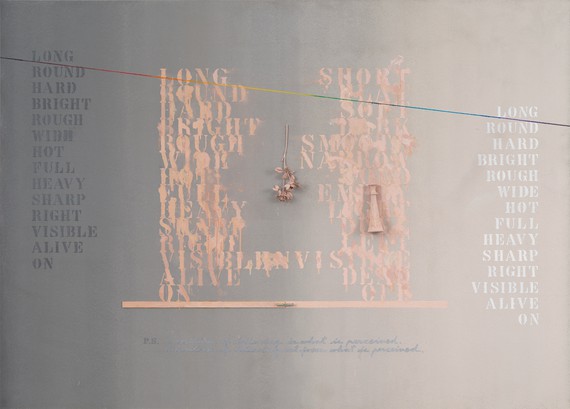
Arakawa, And/Or in Profile No. 2, 1974 © Estate of Madeline Gins. Reproduced with permission of the Estate of Madeline Gins
Related News
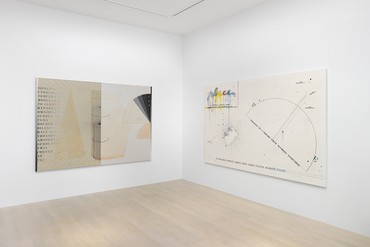
Lecture
Arakawa and Arakawa + Gins
Art and Architecture
Wednesday, January 12, 2022, 12pm est
Tiffany Lambert, curator at the Japan Society in New York, will discuss the relationship between Arakawa’s art and his collaborative architecture practice with Madeline Gins. Taking Arakawa’s conceptual works from the 1960s and the 1980s—including paintings and drawings on view in the exhibition Arakawa: Waiting Voices at Gagosian, Basel, through January 22—as a starting point, this online talk examines the compelling connections between these works and the pair’s idea of using the built form as a way to investigate and transform the relationship between body and environment. To join the online event, register at zoom.us.
Installation view, Arakawa: Waiting Voices, Gagosian, Basel, November 25, 2021–January 22, 2022. Artwork © 2021 Estate of Madeline Gins. Reproduced with permission of the Estate of Madeline Gins. Photo: Annik Wetter
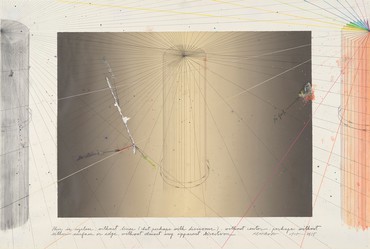
Tour
Arakawa
Waiting Voices
Thursday, December 9, 2021, 11am EST (5pm CET)
Join the Reversible Destiny Foundation for a virtual tour of the exhibition Arakawa: Waiting Voices with Ignacio Adriasola, assistant professor in the Department of Art History, Visual Art, and Theory at the University of British Columbia. On view at Gagosian, Basel, through January 22, the exhibition features works on canvas and paper made by Arakawa between 1964 and 1984. The artist was one of the earliest international pioneers of Conceptual art, and a founding member of the Japanese avant-garde collective Neo Dada. To join the online event, register at us02web.zoom.us.
Arakawa, Sketches for “An Anatomy of the Signified or If . . .” (Part 1 and 2) No. 5, 1974–75 © 2021 Estate of Madeline Gins. Reproduced with permission of the Estate of Madeline Gins. Photo: Rob McKeever
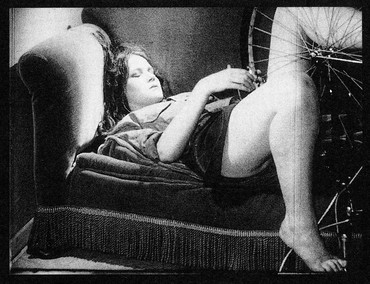
Screening
Arakawa
Why Not (A Serenade of Eschatological Ecology)
Monday, October 16, 2017, 7pm
National Sawdust, Brooklyn, New York
www.nationalsawdust.org
Arakawa’s film Why Not (A Serenade of Eschatological Ecology) (1969) will be screened. Renowned for his paintings, drawings, prints, and visionary architectural constructions, the artist's wide range of experimentation extended into filmmaking. There will be a discussion after the film with Peter Katz, Diana Seo Hyung Lee, Jay Sanders, and Miwako Tezuka. To attend the event, purchase tickets at www.nationalsawdust.org.
Arakawa, Why Not (A Serenade of Eschatological Ecology), 1969 © 2017 Estate of Madeline Gins. Reproduced with permission of the Estate of Madeline Gins and Reversible Destiny Foundation

Francesca Woodman
Ahead of the first exhibition of Francesca Woodman’s photographs at Gagosian, director Putri Tan speaks with historian and curator Corey Keller about new insights into the artist’s work. The two unravel themes of the body, space, architecture, and ambiguity.
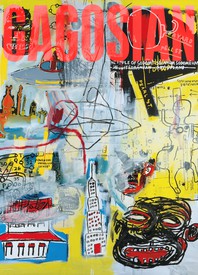
Now available
Gagosian Quarterly Spring 2024
The Spring 2024 issue of Gagosian Quarterly is now available with a fresh cover design featuring Jean-Michel Basquiat’s Lead Plate with Hole (1984).
Simon Hantaï: Azzurro
Join curator Anne Baldassari as she discusses the exhibition Simon Hantaï:Azzurro, Gagosian, Rome, and the significance of blue in the artist’s practice. The show forms part of a triptych with Gagosian’s two previous Hantaï exhibitions, LES NOIRS DU BLANC, LES BLANCS DU NOIR at Le Bourget in 2019–20, and Les blancs de la couleur, la couleur du blanc in New York, in 2022.

Sofia Coppola: Archive
MACK recently published Sofia Coppola: Archive 1999–2023, the first publication to chronicle Coppola’s entire body of work in cinema. Comprised of the filmmaker’s personal photographs, developmental materials, drafted and annotated scripts, collages, and unseen behind-the-scenes photography from all of her films, the monograph offers readers an intimate look into the process behind these films.
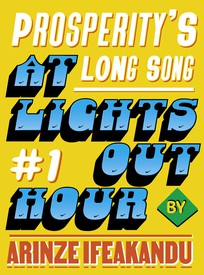
Prosperity’s Long Song #1: At Lights-Out Hour
We present the first installment of a four-part short story by Arinze Ifeakandu. Set at the Marian Boys’ Boarding School in Nigeria, “Prosperity’s Long Song” explores the country’s political upheavals through the lens of ancient mythologies and the mystical power of poetry.

Mount Fuji in Satyajit Ray’s Woodblock Art, Part II
In the first installment of this two-part feature, published in our Winter 2023 edition, novelist and critic Amit Chaudhuri traced the global impacts of woodblock printing. Here, in the second installment, he focuses on the films of Satyajit Ray, demonstrating the enduring influence of the woodblock print on the formal composition of these works.

Adaptability
Adam Dalva looks at recent films born from short stories by the Japanese writer Haruki Murakami and asks, What makes a great adaptation? He considers how the beloved surrealist’s prose particularly lends itself to cinematic interpretation.

Vladimir Kagan’s First Collection: An Interview with Chris Eitel
Chris Eitel, Vladimir Kagan’s protégé and the current director of design and production at Vladimir Kagan Design Group, invited the Quarterly’s Wyatt Allgeier to the brand’s studio in New Jersey, where the two discussed the forthcoming release of the First Collection. The series, now available through holly hunt, reintroduces the first chair and table that Kagan ever designed—part of Eitel’s efforts to honor the furniture avant-gardist’s legacy while carrying the company into the future.

Game Changer: Alexey Brodovitch
Gerry Badger reflects on the persistent influence of the graphic designer and photographer Alexey Brodovitch, the subject of an upcoming exhibition at the Barnes Foundation, Philadelphia.

Outsider Artist
David Frankel considers the life and work of Jeff Perrone, an artist who rejected every standard of success, and reflects on what defines an existence devoted to art.

Goetheanum: Rudolf Steiner and Contemporary Art
Author and artist Ross Simonini reports on a recent trip to the world center of the anthroposophical movement, the Goetheanum in Switzerland, exploring the influence of the movement’s founder and building’s designer Rudolf Steiner on twentieth-century artists.

Duane Hanson: To Shock Ourselves
On the occasion of an exhibition at Fondation Beyeler, novelist Rachel Cusk considers the ethical and aesthetic arrangements that Duane Hanson’s sculpture initiates within the viewer.
